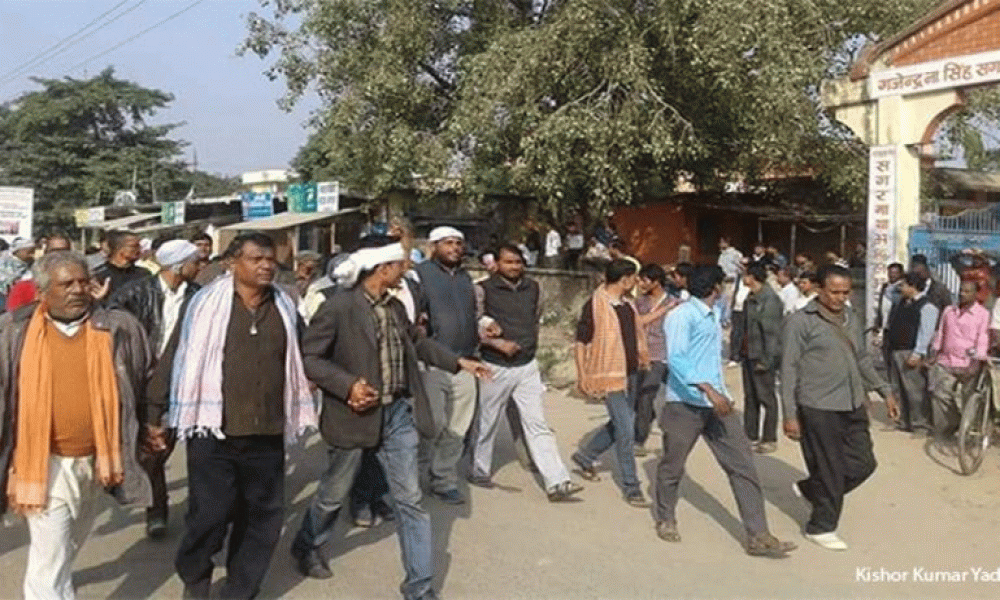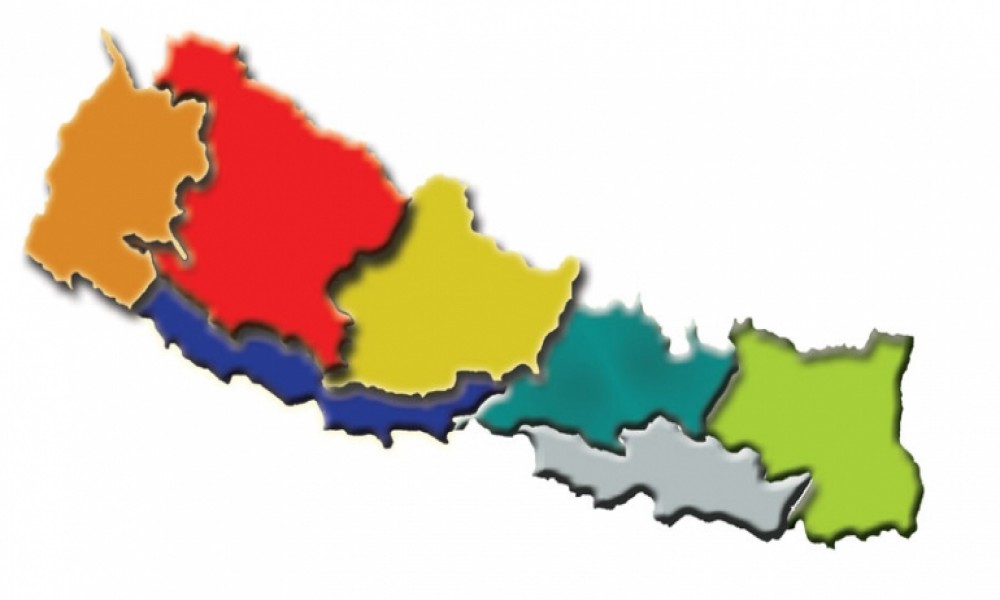Tula Narayan Sah
With deepening political crisis in Nepal, political polarization has led to social polarization. Nepalis are now so polarized that some deaths are more – or less – tragic to them than others. For example, when police opened fire at Madhesi protesters and killed three people in Saptari district early this week, a section of people felt agitated. They condemned police's brutality, demanding a free and fair investigation into the firings. A couple of days later, when some Madhesi people were injured in firing by Indian police in the adjacent district of Sunsari, another section of people felt provoked. They saw it as an opportunity to criticize India, which they believe has backed Madhesi protesters.
Some of us see the Saptari killings more outrageous than the Sunsari firing. Some of us believe the Sunsari firing is a far more serious incident. Some people feel heart-broken for Madhesi people killed in Saptari. Some people feel sorry for those injured in Sunsari. It is unfortunate that we are not only divided but our mindset is also being communal. And we must admit to a bitter truth that the state is making us more communal.
Incidents of police, either from India or Nepal, beating up, or sometimes killing, people living along the border are not new. Four years ago, Akhilendra Yadav of Bisanpur village in Saptari was shot dead by Nepal's Armed Police Force (APF) when he was smuggling just a single sack of chemical fertilizer into Nepal. That incident sparked off no outcry and media frenzy. This time the Sunsari incident came as an opportunity for hill people to criticize India, and Madhes movement as well. This is not good.
Incidents of police, either from India or Nepal, beating up, or sometimes killing, people living along the border are not new. Four years ago, Akhilendra Yadav of Bisanpur village in Saptari was shot dead by Nepal's Armed Police Force (APF) when he was smuggling just a single sack of chemical fertilizer into Nepal.
There are some similarities between the Saptari killings and the Sunsari firing. Live ammunition has been used in both incidents. Both Nepal's police and India's SSB have claimed that they had to open fire in retaliation. In both cases, people who were injured or killed had tried to break the law. Madhesi broke the law for livelihood in Sunsari while they did so for their rights in Saptari.
There are some differences which need to be looked at. In Saptari, Nepal police opened fire to quell Madhesi protests and suppress their voices. In Sunsari, Indian police opened fire to stop smuggling. More importantly, Indian SSB shot Madhesi below the waist but Nepali police mostly shot above the waist. Police in Saptari did not use their batons to break up demonstrations. They directly used tear gas shells and live ammunition without thinking twice about it.









